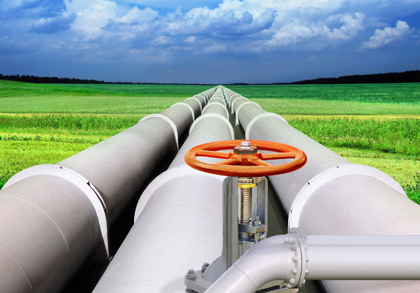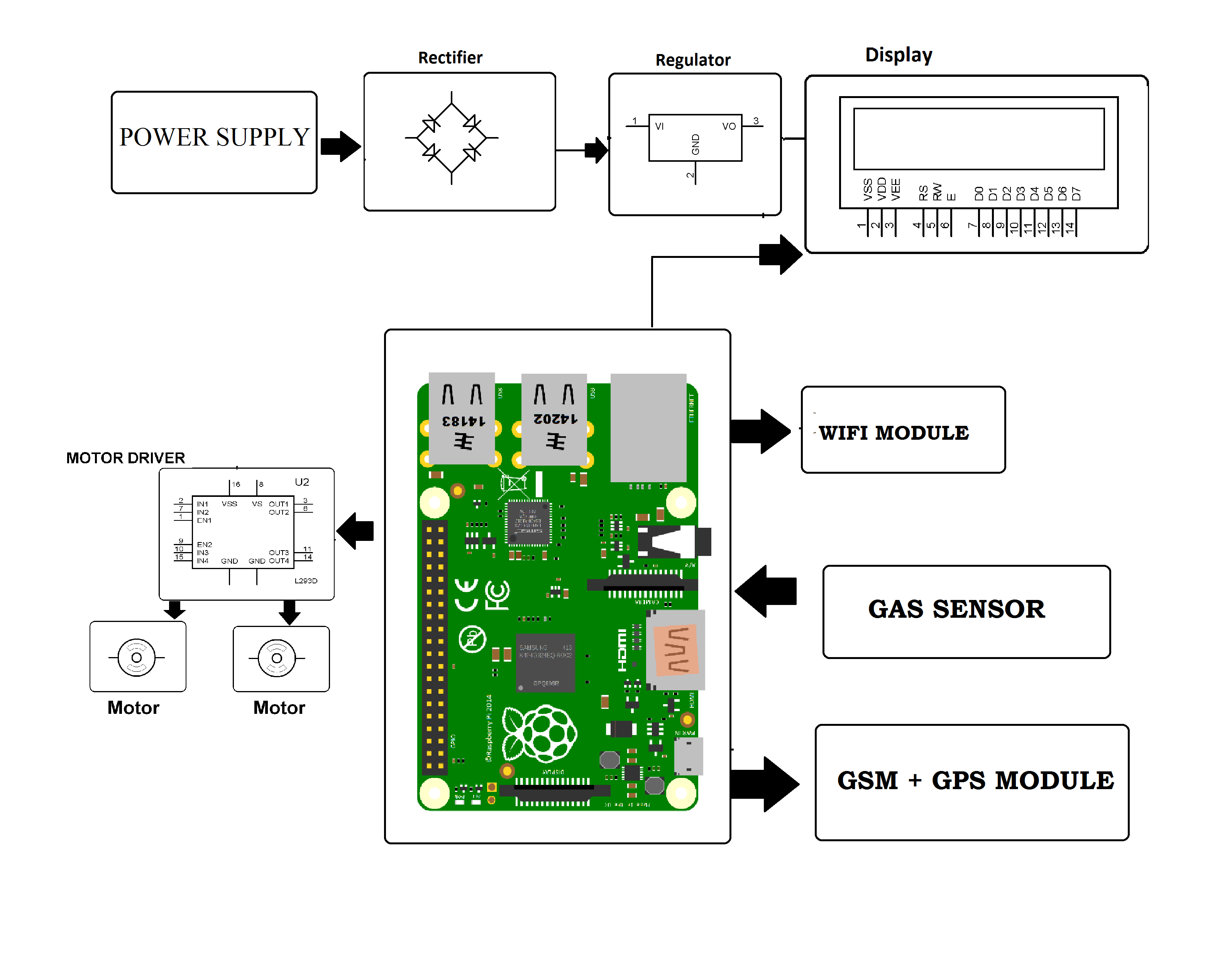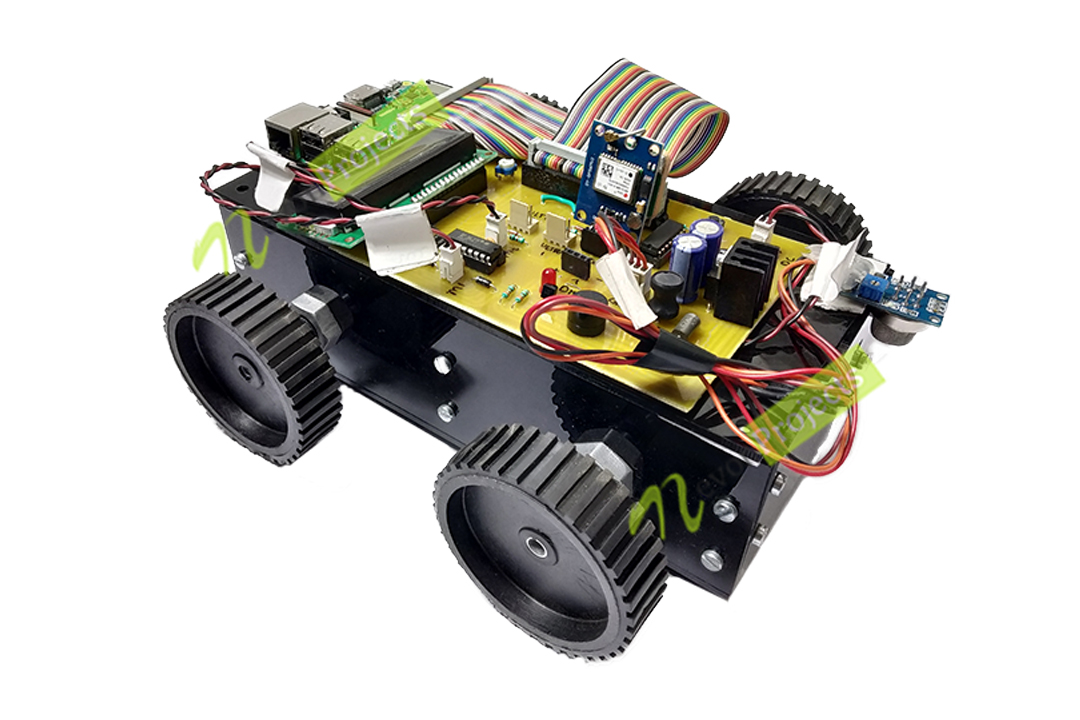Safety plays the most integral part in the world today, and several distinctive solutions are implemented where you live and work. Irrespective of oil, gas, or electricity, living or working under vulnerable conditions cries out for distinctive safety protocols in place. It is where we are going to introduce you to the benefits of a gas detection robot.
LPG, or Liquified Petroleum Gas, is a form of natural gas liquefied under higher pressure within a metal cylinder. LPG is highly sensitive to fire leading to more significant disasters whenever they are exposed to any fire sources.
LPG is more highly available than any other natural gas used during cooking. Sadly, it has a major use in making events of gas leakages or even the blasting standards. Consequently, there is a greater need for developing a gas leakage and monitoring system powered by AI or artificial intelligence.
The intelligent gas leakage detector bot can send you an alert through a notification and even features an exhaust fan activating once the fire or gas gets detected. The fan focuses on pushing the air out to the exterior.
The Importance of gas detection robot

The gas detection robot can identify, analyze, and measure any gas leak that either escapes or enters the pressurized or enclosed system.
The leak detectors can identify the leak source and how rapidly the substances enter or exit the system. Several leak detectors are tuned for measuring the presence of helium gas, having a technology of built-in vacuum.
These detectors use 180 degrees deflection of ion mass spectrometry for measuring helium. The ionized particles under the vacuums get accelerated, adding voltage to selected or separated particles under the magnetic field that transforms ions into electricity.
While the robot searches for helium, the RGAs are used under higher vacuums to check out every gas used under a given space. Specifically, the RGAs comprise the following elements:
- Ion source: The sources of ions convert the gas under the vacuum into ions. It is mainly achieved through electron emission from the hot filament. These get accelerated towards the sources that use the electrical biasness. The rapidly moving electrons collide with the gas molecules, ionizing and dislodging the same.
- Mass Filter: It is a quadrupole array comprising four stainless steel rods. These are the quadrupole with varied favoring ions of a specific mass to charge ratios transversing the quadrupole array whenever their presence gets detected.
- Detector: The ions within the filter collide with the metal plate known as the detector or a Faraday cup. These are the ions getting neutralized as the electrons transform into electrical signals. The result matches the flow of current to the incoming ions. The election multiplier tends to amplify the signals while alerting the researchers of their presence. This amplifier is highly valuable because it aids in detecting the lower levels of gases that go unnoticed.
Benefits of the Internet of Things (IoT) in gas leakage detector

IoT refers to an entire network of things or physical objects communicating with one another using IoT modules, software, sensors, and other technologies while exchanging data with the rest of the devices and systems online.
The IoT applications range from sophisticated industrial tools to general household objects. More than seven billion people are connected to IoT devices globally, which is expected to rise by 22 billion by 2025.
Employing mobile technologies, cloud computing, big data analytics, and physical things can exchange data without any human interaction. Therefore the IoT used in a gas detection robot is the perfect choice for detecting and monitoring gas leaks.
A person’s nose has 400 varied scent receptors, allowing us to smell approximately 1 trillion varied odours. But, most of us cannot identify the real difference between the gases existing in the atmosphere, and it is where these robots are helpful.
They are commonly used for developing a system powered by IoT and identifying the varied combination of toxic gases in an industrial establishment. It aids to benefit the factories and refineries by protecting them against unexpected threats, including explosions and gas leakages. The below enlists the main benefits of the IoT-based robotic system for detecting gas leakage.
1. Preventing fire outbreaks
The gas pipe leakage detector insect robot has inbuilt sensors for monitoring the gases existing in the atmosphere, avoiding any hazards such as fire explosions or breakouts. It is vital to retain the machinery and factory workers under safe conditions for any gas leakages or fire hazards.
These IoT-based devices can help detect the presence of gases such as propane or methane while notifying the authorities in time to undertake preventative measures. The gas leak detection system consists of proper gas analyzers to generate alerts regarding the temperature rise. It even allows the proper management to undertake immediate measures to eliminate hazardous fire outbreaks, save lives and reduce unnecessary business expenses.
2. Detection of hazardous gas
Retaining the levels of carbon monoxide, methane, and hydrogen sulfide under check is important across any personal or commercial territories avoiding potential poisonous gas leakages and blasts. The IoT-based gas-detecting robots can detect leakages and the presence of any gas wherever they are installed.
These solutions enabled by sensors reduce the potential risks of gas explosions and any casualties in or out of the primary locations. The IoT-based application development for detecting gas leakages is quite helpful.
3. Measuring the level of oxygen present
Humans need oxygen to survive, and lacking it causes a higher concern during mining explorations. Let us never forget that there is a potential risk of poisonous leaks whenever you are mining at the gross underground levels.
A sudden drop in oxygen levels leads to potential brain damage, dizziness, and even death. It is the main reason behind the industrial business, whether close-packed premises or mines, to maintain the optimal levels of oxygen for better safety of their workers.
The IoT-based robots can help in keeping a check on the levels of oxygen while alerting the authorities time to take proper measures whenever the levels rise.
4. Instant alerts on gas leakages
There are IoT networks known for the lower transmission of power and lower energy consumption as they allow these assets to operate for a longer time and generate precise data.
The IoT-based gas leak-detecting robots work with the help of sensors offering data related to the presence of any harmful gas. In this case, the system notifies the authorities promptly. You can easily measure the temperature and humidity in the atmosphere, resulting in optimal factory facilities and ensuring workers’ safety.
Conclusion
The gas detection robot is a blessing to help save lives while keeping a watch over the expenses and helping businesses conduct their operations in compliance with the law. It is the system sending alerts as notifications to the end user, who would respond immediately with the help of their smartphones. You must keep the gas levels under constant monitoring whether you are in charge of a commercial building or a homeowner.
